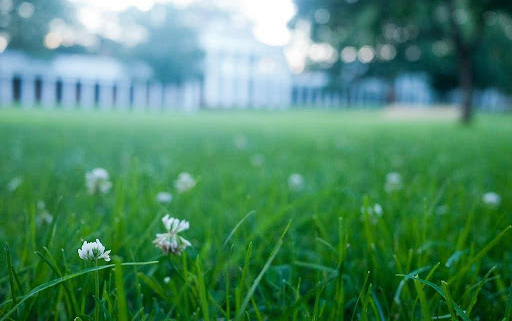Prepping Your Lawn for Fall: Essential Late Summer Care Tips
As summer begins to wind down, it’s crucial to start preparing your lawn for the fall season. Proper lawn care in late summer can set the stage for a lush, healthy lawn that thrives throughout the cooler months. Here are some essential tips to help you get your lawn in top shape before the leaves start to fall.
1. Aeration: Let Your Lawn Breathe
Aeration is one of the most effective ways to ensure your lawn stays healthy. Over time, soil can become compacted, restricting the flow of air, water, and nutrients to the grassroots. Aeration involves perforating the soil with small holes to allow these essential elements to penetrate deeper into the ground. Late summer is an ideal time for aeration, as it gives your lawn time to recover and strengthen before the colder weather arrives.
2. Overseeding: Fill in the Gaps
Overseeding involves spreading grass seed over your existing lawn to fill in bare spots and improve overall lawn density. This process is particularly beneficial in late summer when the warm soil encourages quick germination, and cooler evenings reduce the risk of the new grass drying out. Overseeding helps create a thicker, more robust lawn that can better withstand the stresses of winter.
3. Proper Fertilization: Feed Your Lawn
Fertilizing your lawn in late summer gives it the nutrients needed to grow strong roots that will sustain it through the winter. Choose a slow-release fertilizer that provides a steady supply of nutrients over time. Focus on fertilizers with a higher concentration of potassium, which helps strengthen the lawn and increase its tolerance to cold and disease. Remember, a well-fed lawn is a healthy lawn.
4. Watering: Maintain Moisture Levels
As temperatures begin to cool, you may be tempted to reduce your lawn’s watering schedule. However, maintaining consistent moisture is key to supporting the new growth from aeration and overseeding efforts. Water your lawn early in the morning to allow the grass to absorb the moisture before the day’s heat causes evaporation. Avoid watering in the evening to prevent fungal growth.
5. Mowing: Keep it Trimmed
Regular mowing is still important in late summer, but you’ll want to adjust your mower’s blade to a higher setting. Leaving the grass a little longer helps shade the soil, retain moisture, and encourage deeper root growth. Gradually lower the height as fall approaches to prepare the grass for the winter dormancy period.
Conclusion
By taking the time to aerate, overseed, fertilize, water, and mow your lawn in late summer, you set the stage for a healthy, vibrant lawn in the fall. These simple yet effective steps can make all the difference in how your lawn looks and performs in the cooler months. Don’t wait until it’s too late—start prepping your lawn now, and enjoy the benefits of a well-cared-for lawn all year round.




Leave a Reply
Want to join the discussion?Feel free to contribute!